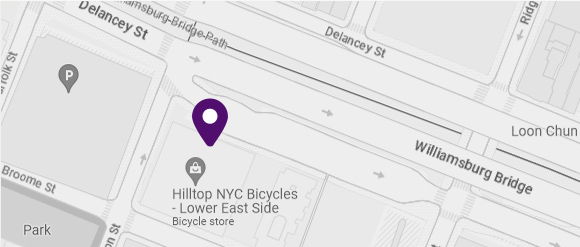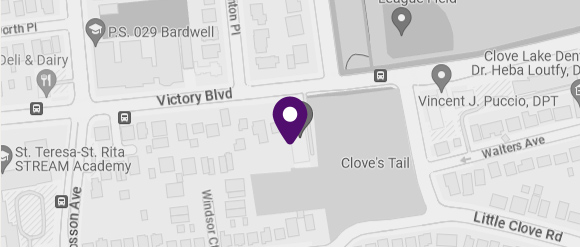What is Haglund’s Deformity?
Haglund’s deformity, also known as “pump bump”, is a condition in which bony extensions are formed at the back of the heel, leading to swelling near the Achilles tendon. Due to the bony enlargement, the tissue near the Achilles tendon becomes irritated when it rubs against footwear, causing painful bursitis.

Causes of Haglund’s Deformity
Haglund’s deformity may be caused by a combination of factors that include:
- Pressure exerted on the back of heels from tight or stiff-heeled footwear such as pumps or high-heel shoes
- Tightness of the Achilles tendon
- High foot arch
- Obesity
- Poor-fitting shoes
- Injury to the heels
- Genetic disposition
Symptoms of Haglund’s Deformity
Haglund’s deformity can occur in either foot and can result in mild to severe symptoms that include:
- Pain, swelling, and a noticeable bump at the back of the heel
- Redness and irritation on the tissue near the heel
- Edema (swelling) and inflammation in the bursa
Diagnosis of Haglund’s Deformity
Diagnosis of Haglund’s deformity can be tricky, as symptoms are somewhat similar to other foot problems. Based on your symptoms and a physical examination, the following diagnostic tests may be ordered to confirm the diagnosis:
- X-ray: To detect the bony extensions in the heel bone
- Ultrasound: To assess inflammation in the bursa and Achilles tendon
- MRI scan: To detect any soft tissue deformities in the heel region
Treatment for Haglund’s Deformity
Treatment for Haglund’s deformity is mainly focused on reducing the pain and pressure exerted on your heels. Conservative methods include:
- Medications: Your doctor will provide you with anti-inflammatory drugs to decrease swelling and inflammation.
- Orthotic devices: You may be recommended to wear orthotics or heel pads to reduce pressure on your heels.
- Application of ice: Ice should be applied to the area for 20 minutes a few times a day to reduce swelling and pain.
- Physical therapy: Your doctor may recommend soft massage for the heels and special stretching exercises to reduce pressure on the Achilles tendon.
If conservative treatment is not found to be effective, minimally invasive surgery may be recommended to remove the bony extension and smooth the area to reduce pressure on the heels.
Prevention of Haglund’s Deformity
The risk of acquiring a Haglund’s deformity can be reduced by taking the following measures:
- Wearing proper-fitting, open-back shoes
- Performing stretches to prevent tightening of the Achilles tendon
- Avoiding walking barefoot
- Avoiding running or playing on hard surfaces











